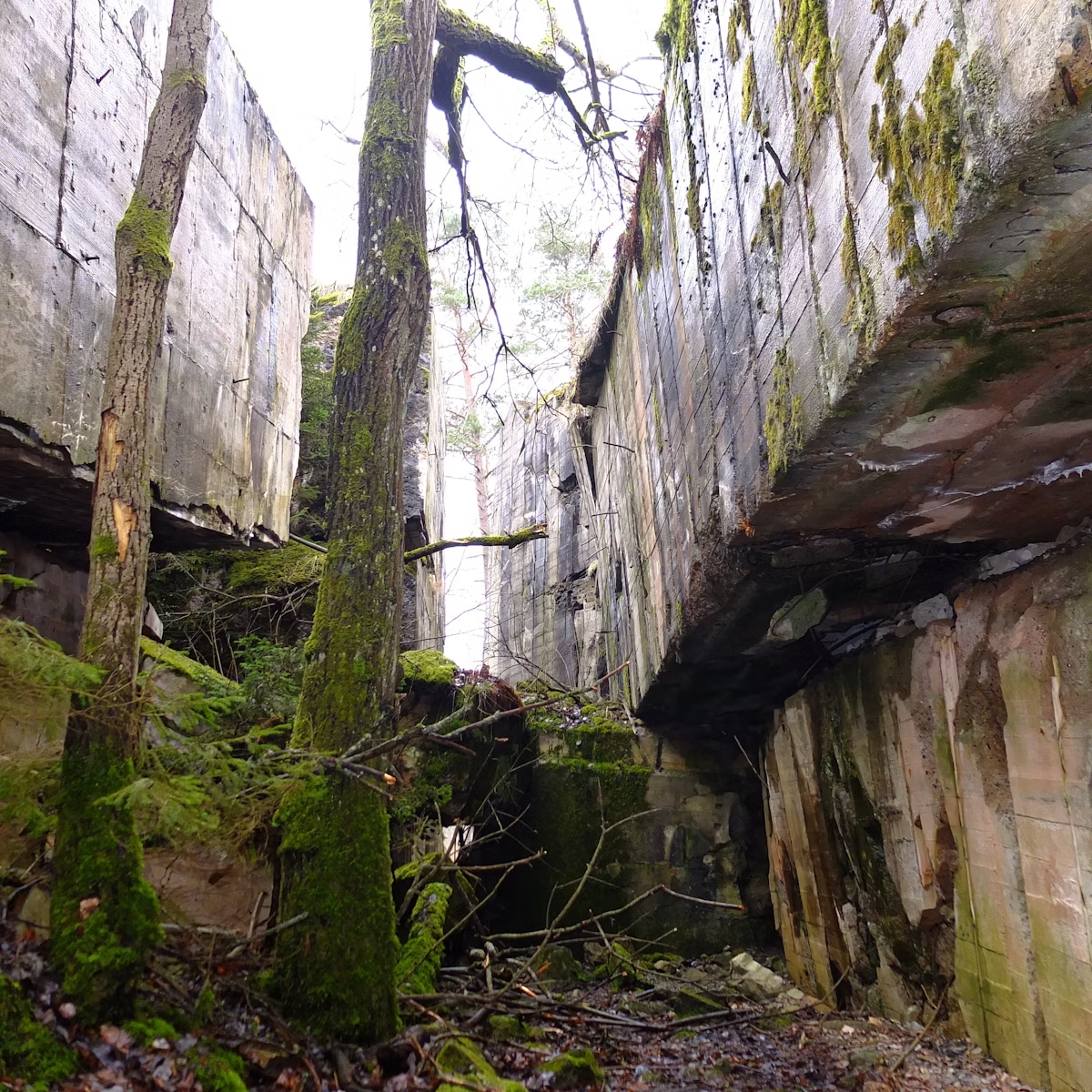
The Great Masurian Lakes
Hidden in thick forest near the hamlet of Gierłoż, 8km east of Kętrzyn, is one of Poland’s eeriest historical relics – 18 overgrown hectares of huge,…

The Great Masurian Lakes
Hidden in thick forest near the hamlet of Gierłoż, 8km east of Kętrzyn, is one of Poland’s eeriest historical relics – 18 overgrown hectares of huge,…

Warmia & Masuria
Built between 1687 and 1693, and later surrounded by an ample rectangular cloister, the hugely popular church was built around four identical corner…

Warmia & Masuria
This stocky, square-set red-brick fortress, adorned with corner turrets, is probably Warmia’s most significant cultural gem. Enter from the south through…

The Great Masurian Lakes
The Boyen Fortress was built between 1844 and 1856 to protect the kingdom’s border with Russia, and was named after the then Prussian minister of war,…

The Great Masurian Lakes
The shallow 700-hectare Lake Łuknajno, 4km east of Mikołajki, shelters Europe’s largest surviving community of wild swans (Cygnus olor) and is home to…

Warmia & Masuria
A well-rubbed bronze of Copernicus welcomes you to Olsztyn's massive red-brick 14th-century castle, the most important historic building in town. And it's…

Museum of the Grunwald Battlefield
Warmia & Masuria
Built on the central hill of the battlefield where combined Polish and Lithuanian troops led by King Władysław II Jagiełło defeated the army of the…

Warmia & Masuria
The Museum of Warmia and Masuria’s main annexe is housed in the former Gazeta Olsztyńska newspaper building. The Polish paper was famed for its outspoken…

Warmia & Masuria
Open year-round, this skansen (open-air ethnographic museum) on the northeastern outskirts of Olsztynek features about 70 examples of regional timber…

Warmia & Masuria
This Gothic cathedral dates from the 14th century, though its huge 60m tower was only added in 1596. As in Olsztyn's castle, the most impressive…

The Great Masurian Lakes
Giżycko’s working rotary bridge was built in 1889 and is the only one of its kind in the country. Despite weighing more than 100 tonnes, it can be turned…

The Great Masurian Lakes
Kętrzyn’s Teutonic past lives on in the form of its mid-14th-century brick castle on the southern edge of the town centre. Today the building is home to…

The Great Masurian Lakes
Built in 1900 in neo-Gothic style, Giżycko’s seven-storey Water Tower supplied the city with running water until 1997. Today the tall red-brick structure…

Warmia & Masuria
At 4.1 sq km and 43m deep, this is the biggest lake within the city limits and a mecca on hot days for swimmers, boaters and picnickers. You can hire a…

The Great Masurian Lakes
With its squat, square tower, the Gothic church looks like the town’s second fortress from a distance. Its interior has furnishings and decoration dating…

Warmia & Masuria
Ostróda's blocky red-brick castle was built by the Teutonic Knights in the late 13th century and now houses the town's museum, worth a look if you are…

Warmia & Masuria
The High Gate, the historic gateway to the Old Town, is the only remainder of the 14th-century city walls.